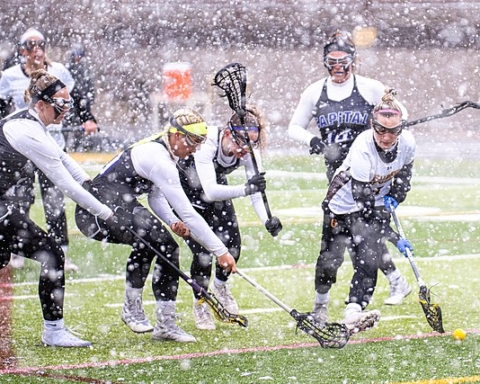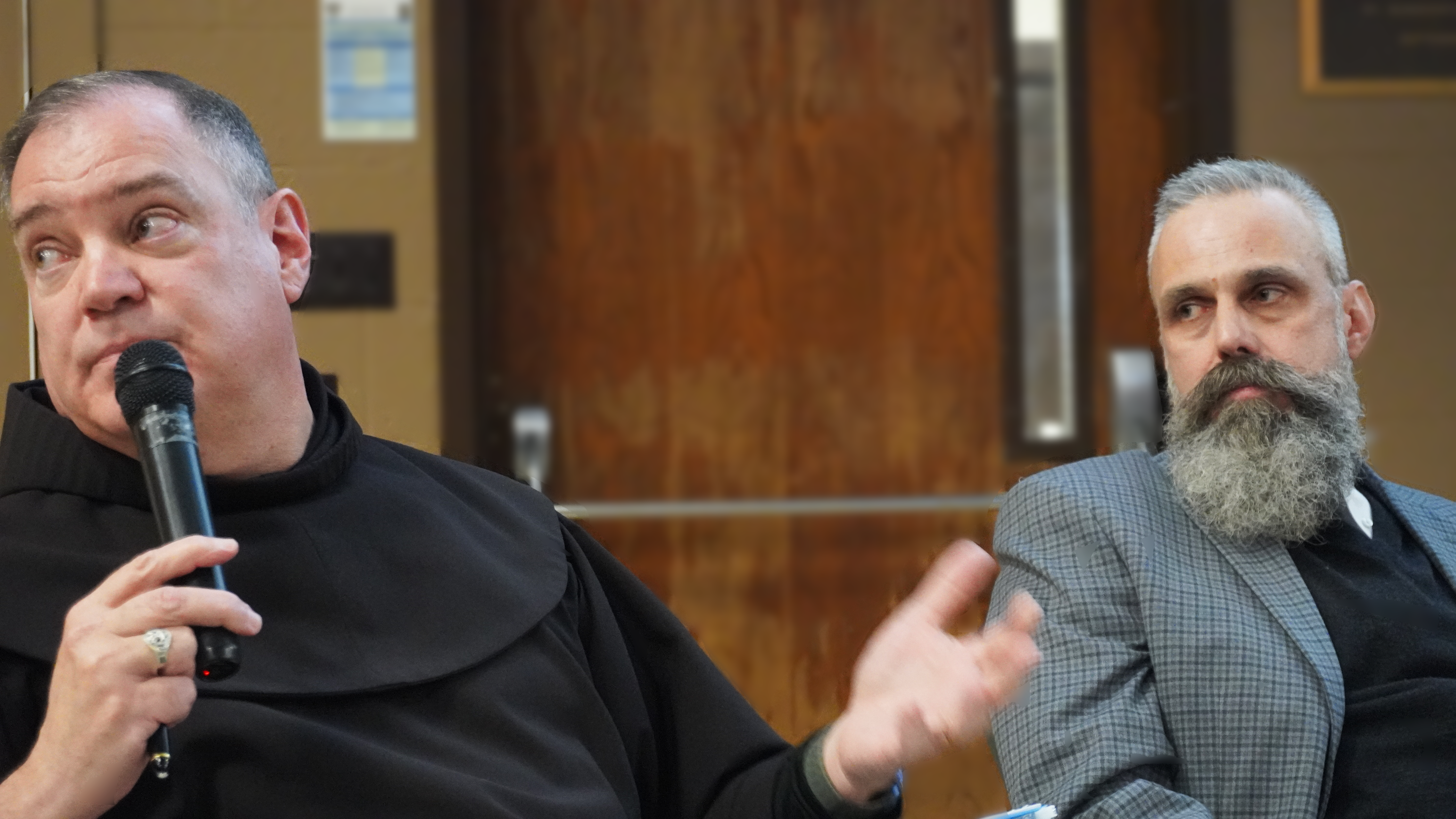BY CASSIDEY KAVATHAS, MANAGING EDITOR
In 2003, freshman Anna Bulszewicz walked into her general education class in Plassmann Hall at St. Bonaventure University. As she looked around the classroom, she noticed that all the men in her class raised their hands, but out of all the women, only she raised her hand.
That same week Bulszewicz, who previously attended an all-girls’ Catholic high school, went to her adviser.
“Why don’t women raise their hands?” she said. “Is it because there are boys in the classroom?”
Bonaventure, which had been an all-male university until 1942, has seen a dominance in men enrolled at the university in the 2021 cohort. The university has 1,742 undergraduate students enrolled — 956 men and 786 women.
According to Ann Lehman, associate vice president for grants and research, this trend shows up most readily in two schools: the Jandoli School of Communication and the School of Business. Women make up 37 of 141 Jandoli majors. The School of Business has 611 students enrolled, with 160 being women.
The university does not follow typical national trends which show more women pursuing higher education than men, according to the Pew Research Center.
“Some of the main reasons could be specific academic programming offerings, history of the institution and feel that the student has when visiting a college campus,” said Bernard Valento, vice president of enrollment.
Although Bonaventure has more men than women enrolled, the university offers admissions to more women than men. On average over the last three years, the university has accepted a higher percentage of men than women — 52% compared to 48%, respectively. Of students who have committed to the university, 55% have been men, while 45% have been women, according to Valento.
“We don’t discriminate whether they are male, female, Caucasian, African American. We just want to grow our Bonnies as much as possible,” said Valento.
Anne Lee, a lecturer in the communication school, teaches two to three JMC 110 and JMC 111 classes each year. In the spring semester of the 2021-2022 school year, Lee has seven female students. Lee said she teaches 24 students total.
Jah’neyce Washington, a sophomore broadcast journalism major, had Lee her freshman year, and her class had a similar ratio of men to women as Lee does this semester. Washington said class discussions — both in Lee’s classes and in other communication classes — can be difficult as a woman.
“Being the only girl in class can be intimidating,” said Washington. “All the guys are agreeing with each other and disagreeing with you which makes for a kind of lone wolf situation.”
Samantha Schachner, assistant professor of accounting, related to Lee. She teaches two classes with two sections each. For her introductory course, Schachner said she has 43 students. Only six are women.
“I definitely think that my gender has affected how my students act. I feel like I have to work harder to earn their respect than I would if I were male,” said Schachner. “In my intro-level class, they frequently don’t do their work and then ask for extensions or miss exams without letting me know and then expect to be able to make it up later. I wonder if those things would happen if I were male.”
Kathy Williams, a senior marketing major, said she feels her gender has caused her to withdraw from class discussions.
“When in a room with more men than women, I tend to hesitate on sharing my thoughts,” said Williams. “A lot of my classes tend to have a clear distinction of men sitting on one side and women on the other, which pushes the narrative further of creating and maintaining a difference between genders.”
Nikai Santiago, a sophomore marketing major and previously a broadcast journalism major, has experienced this disproportion in both schools. Santiago said both his business and his communication classes have been male dominated, but he said he wishes for more gender diversity.
“Having more women in the school creates diversity, and diversity is always a good thing,” said Santiago.
Pauline Hoffmann, associate professor in the communications school, shared how having more diversity in faculty and student body overall improves the campus community.
“We want a diverse student body, we want diverse faculty and staff, certainly, we want a diverse administration,” said Hoffmann. “With diversity comes different opinions and ideas. I think it’s important to have [everyone] represented at the table.”
Bulszewicz, who is now a lecturer in the communication school after her career as a broadcast journalist, said her female students have not been raising their hands in her classes. She has noticed that in class discussions the male voices often overpower the female voices.
“It’s my obligation to change that,” said Bulszewicz.
kavathcj20@bonaventure.edu







